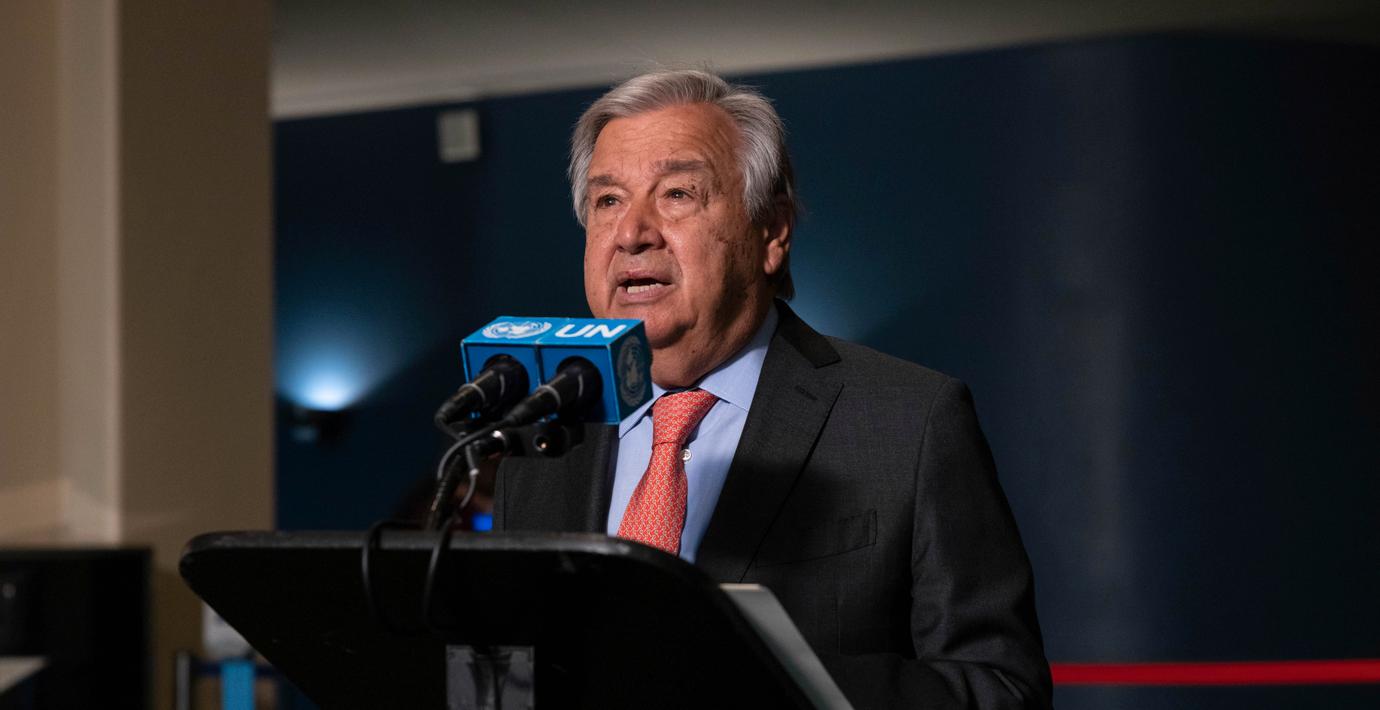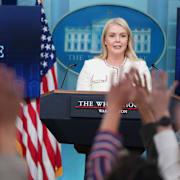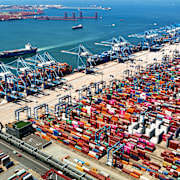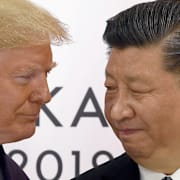
FN: Klimatkrisen kan inte lösas utan Kina och USA
FN:s generalsekreterare António Guterres uttrycker frustration efter att Kina sagt upp bland annat alla klimatsamtal med USA i kölvattnet av Taiwankonflikten, rapporterar Sky News.
– Det finns inget sätt att lösa hela världens mest akuta problem utan effektiv dialog och samarbete mellan länderna, säger han via sin talesperson Stepháne Dujarric.
Klimatet var ett av de mest centrala samarbetsområdena för de två länderna, och de var båda drivande i att få fram Parisavtalet 2015.
bakgrund
Parisavtalet
Wikipedia (en)
The Paris Agreement (French: Accord de Paris), often referred to as the Paris Accords or the Paris Climate Accords, is an international treaty on climate change, adopted in 2015. It covers climate change mitigation, adaptation, and finance. The Agreement was negotiated by 196 parties at the 2015 United Nations Climate Change Conference near Paris, France.
The Paris Agreement was opened for signature on 22 April 2016 (Earth Day) at a ceremony in New York. After the European Union ratified the agreement, sufficient countries had ratified the Agreement responsible for enough of the world's greenhouse gases for the Agreement to enter into force on 4 November 2016. As of November 2021, 193 members of the United Nations Framework Convention on Climate Change (UNFCCC) are parties to the agreement. Of the four UNFCCC member states which have not ratified the agreement, the only major emitter is Iran. The United States withdrew from the Agreement in 2020, but rejoined in 2021.
The Paris Agreement's long-term temperature goal is to keep the rise in mean global temperature to well below 2 °C (3.6 °F) above pre-industrial levels, and preferably limit the increase to 1.5 °C (2.7 °F), recognizing that this would substantially reduce the effects of climate change. Emissions should be reduced as soon as possible and reach net-zero by the middle of the 21st century. To stay below 1.5 °C of global warming, emissions need to be cut by roughly 50% by 2030. This is an aggregate of each country's nationally determined contributions.It aims to help countries adapt to climate change effects, and mobilise enough finance. Under the Agreement, each country must determine, plan, and regularly report on its contributions. No mechanism forces a country to set specific emissions targets, but each target should go beyond previous targets. In contrast to the 1997 Kyoto Protocol, the distinction between developed and developing countries is blurred, so that the latter also have to submit plans for emission reductions.
The Agreement was lauded by world leaders, but criticised as insufficiently binding by some environmentalists and analysts. There is debate about the effectiveness of the Agreement. While current pledges under the Paris Agreement are insufficient for reaching the set temperature goals, there is a mechanism of increased ambition. The Paris Agreement has been successfully used in climate litigation forcing countries and an oil company to strengthen climate action. On 4 July 2022, the Supreme Federal Court of Brazil recognized the Paris agreement as a human rights treaty.
Omni är politiskt obundna och oberoende. Vi strävar efter att ge fler perspektiv på nyheterna. Har du frågor eller synpunkter kring vår rapportering? Kontakta redaktionen



